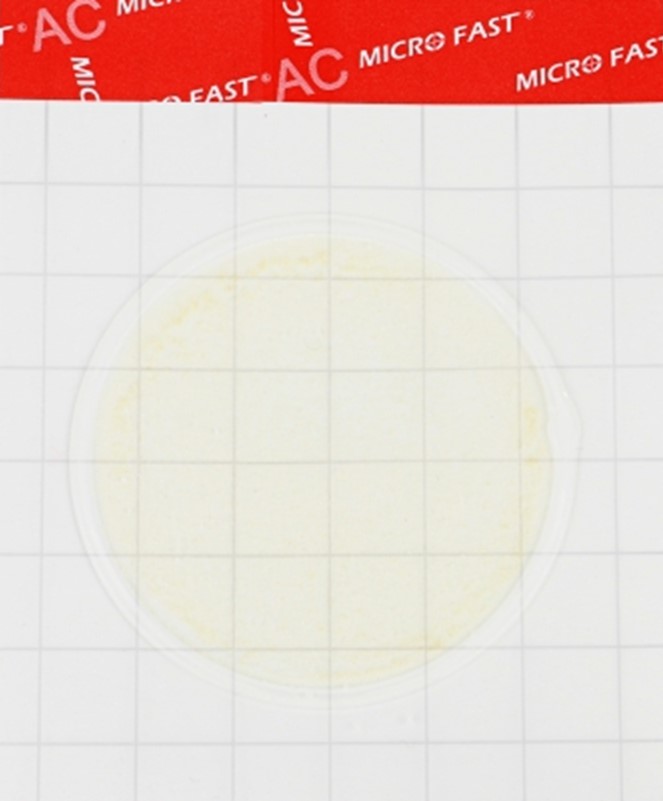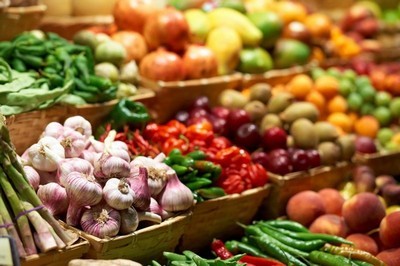The Central Bank recorded a decrease in payments in the field of oil and gas production

The average daily volume of incoming payments in sectors of the Russian economy in March increased by 4.1% compared to the fourth quarter of 2021 (average daily indicators are compared), follows from the monitoring of sectoral financial flows by the Central Bank, which was studied by RBC. The growth of incoming financial flows was recorded in all groups of industries, except for those focused on external demand - in them the volume of receipts decreased by 12% (after a decrease of 3.8% in February and an increase of 0.1% in January).
As noted by the Central Bank, a significant role in the positive nominal dynamics was played by the acceleration of price growth in March. Data on incoming payments are not adjusted for inflation.
The Bank of Russia analyzes payments made through the Central Bank payment system (part of the national payment system), they cover less than half of the transactions. Incoming payments to an industry is a rough indicator of the industry's daily gross revenue for goods and services provided, weighted by the industry's share of GDP, seasonally adjusted but not adjusted for inflation.
Decline in oil and gas production
The main contribution to the 12% decline in the volume of payments received by export-oriented industries in March was made by the extraction of crude oil and natural gas. The volume of financial flows in this industry nominally fell by 47.8% after falling by 29.6% in February, according to the monitoring. Within the category of industries focused on external demand, the negative contribution of incoming flows to oil and gas production amounted to 18.8% (a decrease in payments in the industry compared to the previous quarter, multiplied by the weight of the industry in the category, is 39.4%).
The contribution to the reduction of payments in export-oriented industries was also made by the extraction of other minerals (minus 0.7%), software development (minus 0.6%), architecture and engineering design (minus 0.5%), other vehicles and equipment (minus 0.5%). In other sectors focused on external demand - in metallurgy, coal mining, chemical production, agriculture - incoming payments were mainly above the average values of the fourth quarter of 2021, the Central Bank notes.
Pro Why de-dollarization of the world economy is inevitable. Top 2 Reasons Articles Pro Planning horizon is one day:A comparable drop in incoming payments in the oil and gas sector was observed at the beginning of the pandemic - in the spring of 2020, but then it happened against the backdrop of a collapse in energy prices. Now a sharp decline in revenues in the sector has occurred, despite rising prices. The average price of Russian Urals oil in March 2022 was $89.05 per barrel, which is 40% higher than last year's result, the Russian Finance Ministry reported. And exchange prices for gas in Europe in March updated their historical maximum, reaching $3,892 per 1,000 cubic meters. m (the export prices of Gazprom are not directly determined by the exchange prices, but they are still taken into account).
Russia has translated payments for gas into rubles. What it changes for Europe Business
The dynamics in the oil and gas industry may be associated with delays in payments for export deliveries, the Central Bank admits. This version is quite realistic, agrees Alexander Shirov, DIRECTOR of the INP RAS. The energy carriers themselves fell under US sanctions (a ban on the import of Russian oil into the country), but not the European Union, which is more dependent on Russian supplies. At the same time, the oilmen had problems with logistics, which were expressed in difficulties in finding and paying for tankers for shipment. At the end of February, a number of large Russian banks fell under Western sanctions, some of them were disconnected from the SWIFT international financial messaging system. On April 5, the Ministry of Finance, reporting on additional oil and gas revenues, reported a “downward deviation of gas exports from the forecast level”.
It is still difficult to say to what extent the drop in the indicator of incoming financial flows was affected by delays in payments, and to what extent - by a decrease in the physical volume of deliveries, says Dmitry Kulikov, director of ACRA's sovereign and regional ratings group. Only customs data can demonstrate this, but for March they should appear only in early May. The Institute of International Finance (IIF) estimates that the number of oil tankers docked in Russian ports awaiting departure with Russian oil was only slightly lower in March than in the same period in previous years.
In monitoring, the Central Bank records a decrease in payments in the field of oil and gas production since January, when sanctions were not yet introduced, but only intentions were voiced to introduce them in the event of an aggravation of the conflict around Ukraine. In reviews for January and February, the regulator did not mention delays in payments under export contracts. According to preliminary estimates, the volume of supplies and export earnings did not fall either in January or in February - this can be seen, among other things, in the balance of payments, and some drawdown in oil supplies that occurred in February was offset by an increase in gas exports, notes the chief economist for Russia and CIS "Renaissance Capital" Sofia Donets. “The nuance for oil and gas is that there are two types of settlements - external and internal. And in the financial flows that the Central Bank fixes [its monitoring does not reflect all flows], the weight of the internal component is greater. Therefore, the sharp decline since January is due, among other things, to the fact that investment activity in these sectors has been put on hold. Large projects are not being implemented, and soon we will see a powerful decline in investment flows, ”the expert admits.
Ignoring inflation
The leaders in nominal revenue growth were the areas of activity focused on investment demand: in this group, the volume of incoming payments increased by 13.7%, with the construction of buildings and scientific research providing the largest positive contribution, the Central Bank said.
In second place were industries aimed at consumer demand (trade, financial services, households with employees). The volume of receipts in them increased by 10.6%. Slightly less - by 9.4% - increased payments in areas oriented to public consumption (growth was provided by public administration, healthcare, organization of gambling). The sectors focused on intermediate consumption also showed positive dynamics (plus 1.4%).
“A significant role in the growth of payments is played by rising prices, which, as their level adjusts to new external conditions, will have an impact on the dynamics of nominal payments,” the Central Bank’s monitoring says. According to Rosstat, annual inflation accelerated to 16.7% in March, reaching a seven-year high.
March Annual Inflation Hits Highest Since 2015 Economics
According to the dynamics of cash flows, it is quite realistic to assess the state of the economy as a whole, since they reflect the activity of the subjects, Shirov is sure. “Indicators like these give a general idea of whether the economy is moving up or down. However, they cannot be fully identified with output or industrial production,” he notes.
Operational data on incoming financial flows make it possible to obtain sufficiently informative leading figures on business activity, Kulikov believes. However, at least they need to be pre-adjusted for inflation in order to get the result in real, not nominal terms.
Taking into account all the reservations and the historical accuracy of the method for the March report, based on the relevant industries, it is possible to preliminary estimate the decline in real household consumption by 3-7% compared to the previous month, Kulikov estimates.
Read together with it:
- Первые в центральном регионе. Узнали, какой каравай зерновых собрали в этом сезоне в ОАО "Гастелловское"Новости темы В этом году аграрии Минской области собрали весомый каравай в 2,2 млн тонн зерна вместе с рапсом, и это невзирая на все сюрпризы погоды. Первое место по итогам жатвы-2025 в центральном регионе заняло ОАО "Гастелловское". За счет чего хозяйству удается достигать таких выдающихся результатов, узнала газета "7 дней".Кропотливый труд плюс технологии и дисциплинаУспех уборочной кампании во...






























































